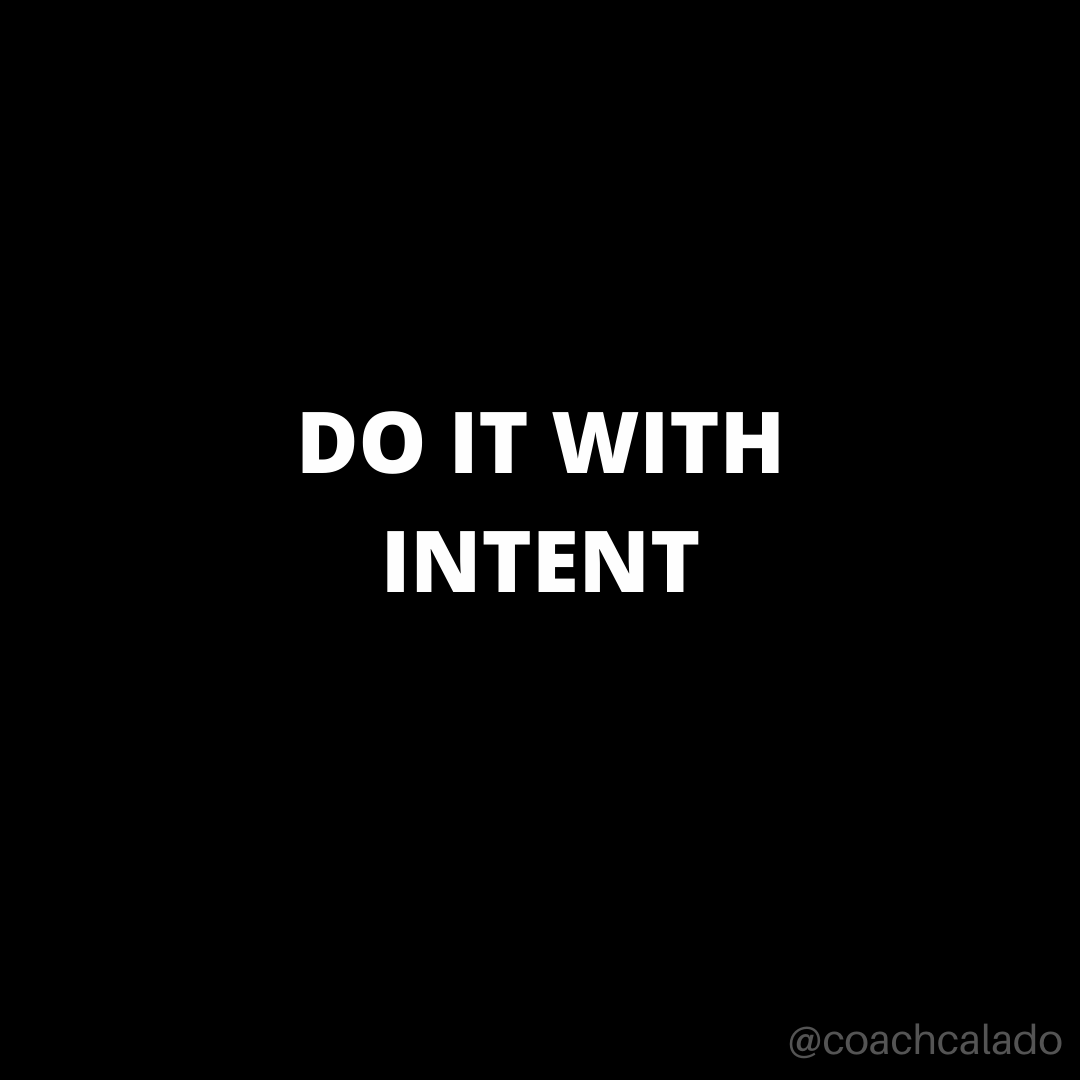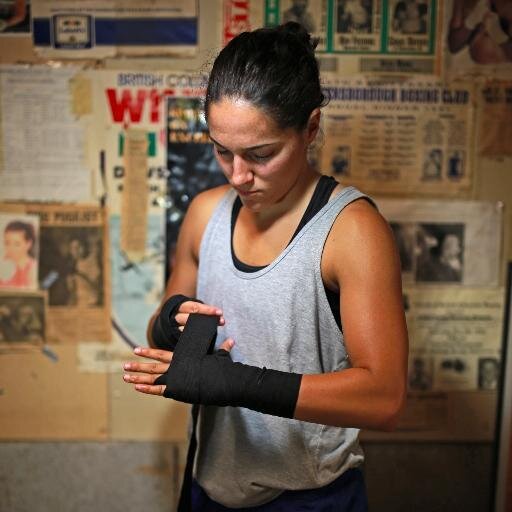Protect a Boxer’s Most Valuable Tool: The Hand
Multiple studies have shown that a boxer’s hand (and wrist) is the most commonly injured location in both training and competition. Interestingly, there is a similar number of hand and wrist injuries sustained during training and competition. However, because boxers spend a majority of their time in training, the rate of hand injuries that occur in competition is quite staggering. Outlined below are proposed methods that can be employed by coaches and athletes in training to help reduce the number of hand injuries in amateur boxing.
Glove Choice:
Choose gloves that provide the most protection for the hands and wrist. This means ensuring that they fit properly, secure the wrist, and that they land properly (i.e. the forces are distributed through 2nd and 3rd digits) on impact.
Hand wrapping:
Ensure that the hand and wrist are adequately secured. Use ample amounts of tape and long hand wraps or gauze to protect the hand. In addition, foam inserts over the knuckles are another suitable option to protect the knuckles and reduce impact forces.
Load Monitoring/Data collection:
Coaches can collect data on injuries, the duration of training sessions and athlete’s rate of perceived exertion (RPE). Recording and multiplying duration and RPE values creates a session RPE which can be used to calculate Acute Chronic Workload ratios (ACWR). Various sports have found similar trends and relationships of ACWR and subsequent injury risk. Collecting data over time can inform injury risk ranges and provide useful information on training-load progression and changes in workload over time.
Participate in Research Studies:
Boxing clubs (and athletes) should be encouraged to participate in boxing research studies to help generate longitudinal injury statistics and product testing which can help inform athletes decisions on safety and equipment choice.
Athlete Monitoring:
Monitoring the number of fights your athletes are competing in during the season is important, as competition is where a majority of hand injuries occur. In addition, making sure that your boxers’ hands are injury free and healthy will ensure that they are fit to train and compete.
Link to full presentation Protecting the Hand in Amateur Boxing
#boxing #boxers #boxingwrap #boxinginjury #injuryprevention #boxingcanada #handwraps #loadmonitoring #sportscience #injurysurveillance #boxinggloves #boxingstrength #boxingtraining #boxingfight #boxingcompetition #boxingsafety #handinjury #boxersknuckle #strengthandconditioning #boxingperformance #boxingscience









